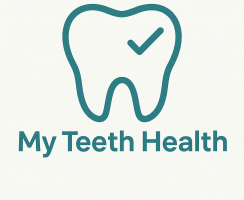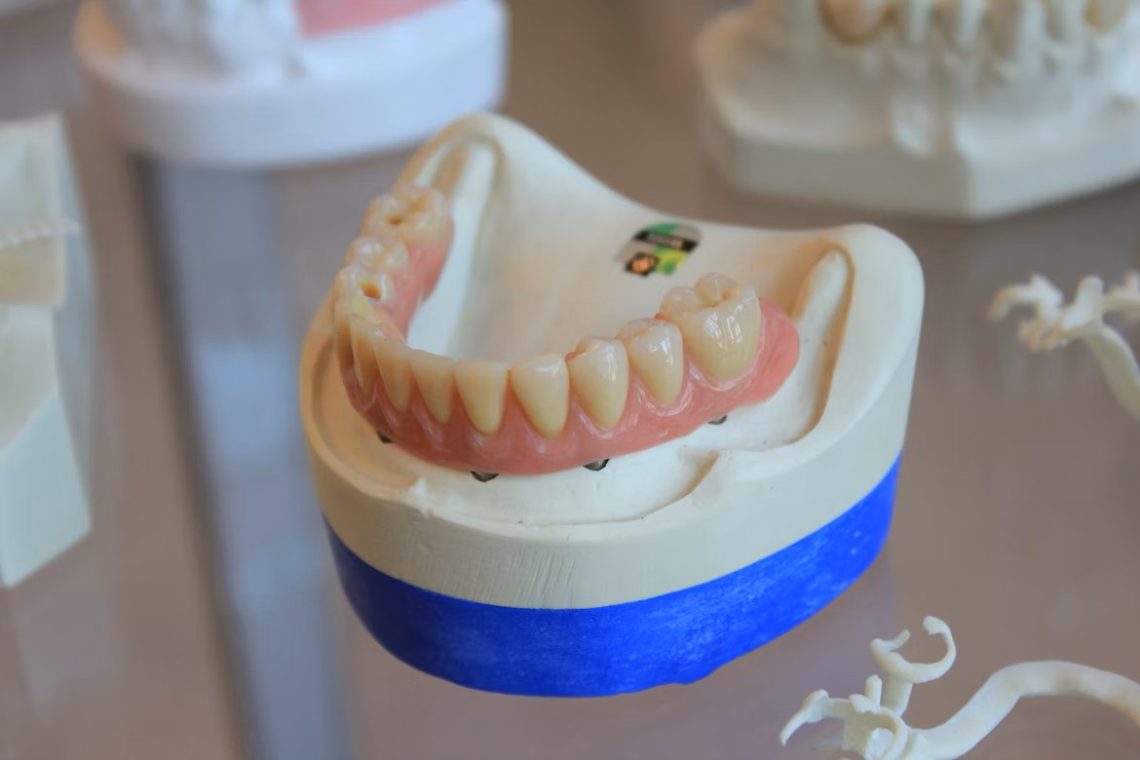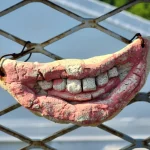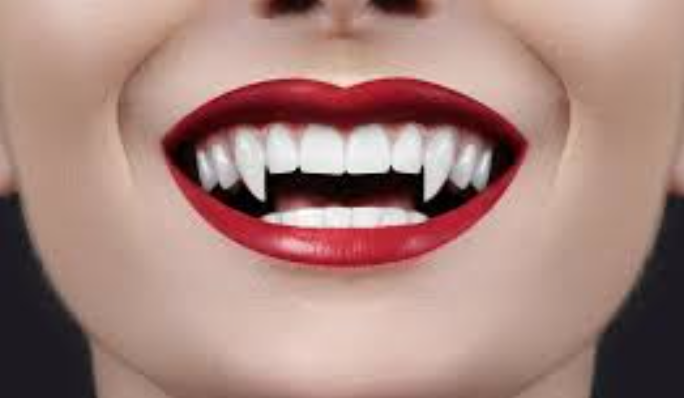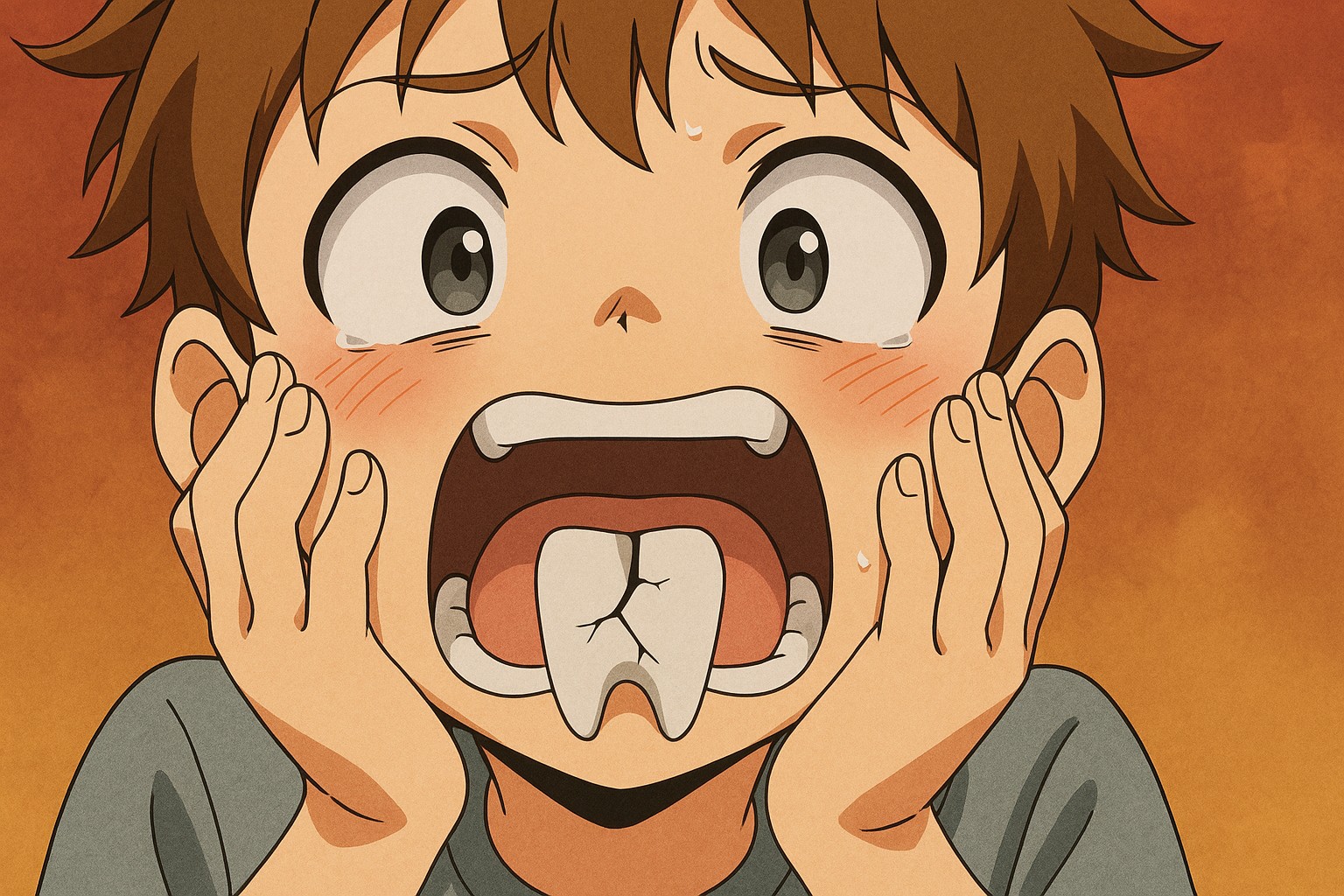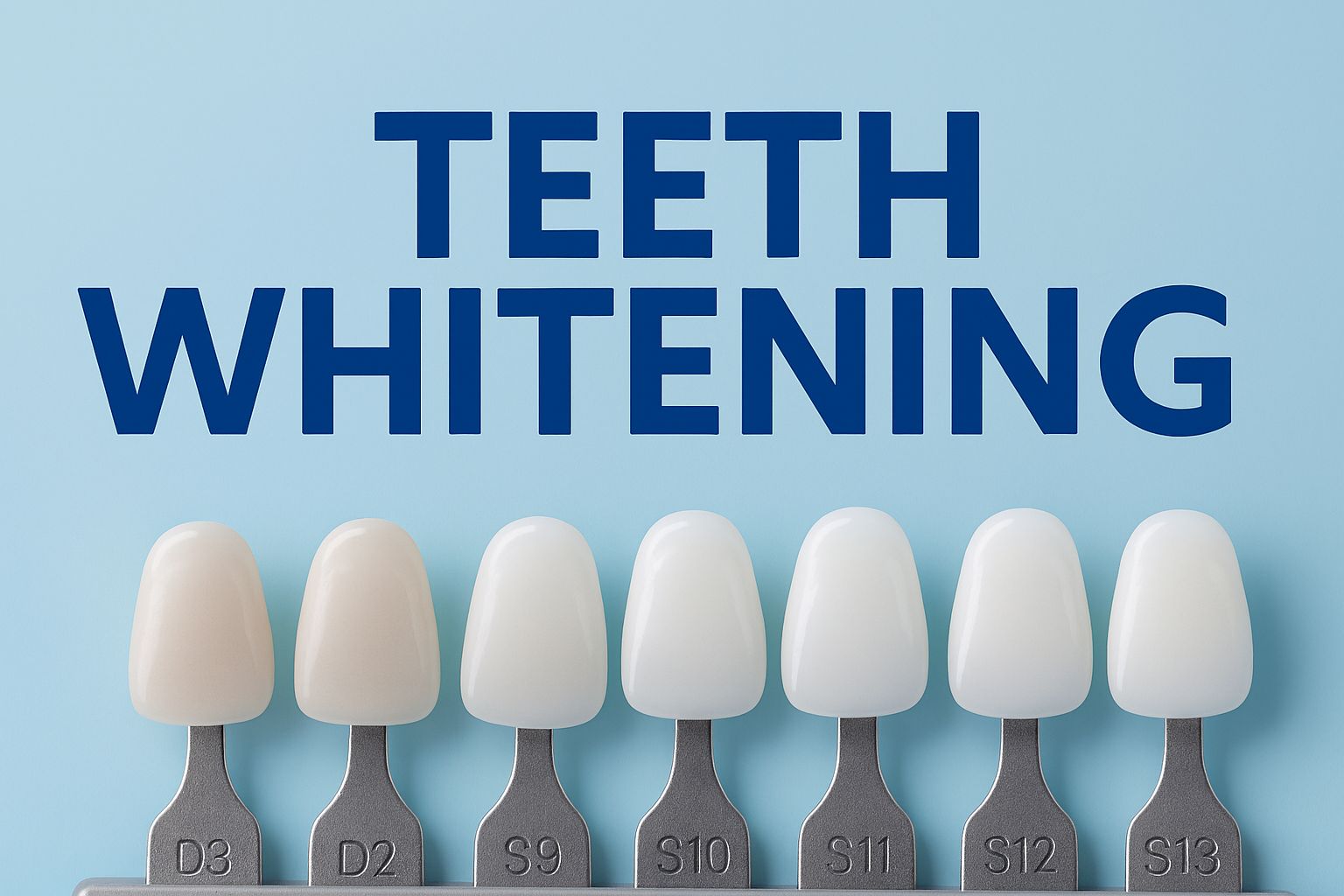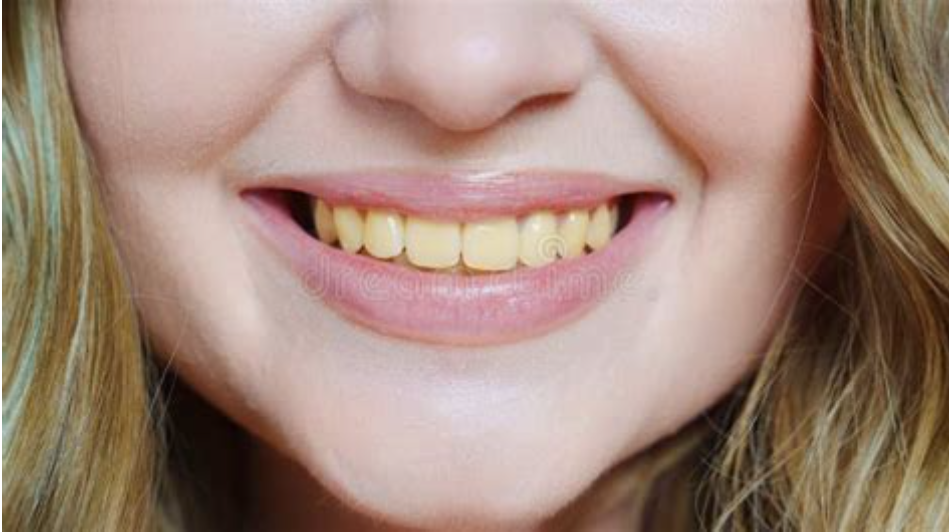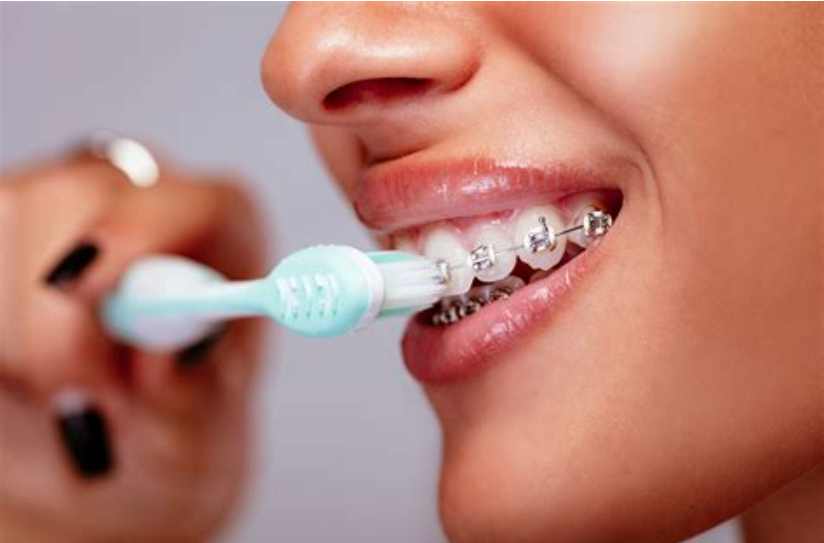Bruxism — commonly known as teeth grinding — affects a sizeable number of people and can quietly damage your teeth, jaw and sleep quality. This guide explains how to stop grinding teeth in sleep naturally.
What is Bruxism (Teeth Grinding)?
Bruxism is the involuntary clenching, gnashing or grinding of the teeth. It may occur while you are awake (awake bruxism) or, more commonly for concern, during sleep (sleep bruxism). Sleep bruxism is classified as a sleep-related movement disorder and is often unconscious — you may only discover it because your partner hears the noise, or because of morning jaw pain or worn teeth.
Common causes of grinding of the teeth during sleep
Exact causes are not fully understood, but research and clinical guidance consistently point to several recurring factors: stress and anxiety, disrupted sleep architecture (including obstructive sleep apnoea), certain medications (notably some antidepressants and stimulants), excessive caffeine or alcohol, tobacco use, and in some people a genetic predisposition. Physical dental issues, such as an abnormal bite, can contribute but are less commonly the sole cause. Recent reviews emphasise stress and sleep-related factors as primary drivers for sleep bruxism.
The difference between daytime bruxism and sleep bruxism
Daytime bruxism is often related to conscious jaw clenching during stressful tasks, concentration or as a coping habit. You are more likely to feel jaw soreness during the day and to notice clenching when awake.
Sleep bruxism happens involuntarily at night and can be louder and more damaging because you cannot control it.
Management strategies overlap but can differ: daytime bruxism benefits more from behavioural habit reversal and posture/awareness training, while sleep bruxism often needs sleep hygiene improvements and protective appliances.
Signs and Symptoms of Teeth Grinding
How to know if you have bruxism
Signs you might be grinding your teeth in sleep include: persistent morning jaw stiffness, unexplained headaches (especially on waking), a partner reporting loud grinding sounds, sensitive or flattened tooth surfaces, and temporomandibular joint (TMJ) discomfort. A dentist can often spot characteristic wear patterns during an exam; in uncertain or severe cases, a sleep study (polysomnography) can quantify sleep bruxism episodes.
| Sign | How it presents | Who notices it |
|---|---|---|
| Grinding noises | Loud gnashing or squeaking while asleep | Bed partner |
| Morning jaw pain | Stiffness or soreness on waking | You |
| Tooth wear | Flattened or chipped teeth, increased sensitivity | Dentist |
Sources: NHS and StatPearls clinical overview.
Physical symptoms: jaw pain, worn-down teeth, headaches
Physical symptoms can range from mild to severe. Repeated grinding can erode enamel, cause tooth fractures, increase sensitivity, and contribute to chronic TMJ pain or locking. Headaches from bruxism are typically tension-type and localised to the temples, often noticeable on waking. If you have persistent symptoms, see a dentist in a clinic like Penn Pacific Dental Center promptly — early intervention prevents long-term damage.
Grinding teeth in a dream: is it a warning sign?
People sometimes report dreaming about clenching or grinding; this can indicate awake bruxism linked to daytime stress or concentration. If you dream about grinding and also wake with pain or have a partner who hears grinding, treat it as a real symptom and consider the strategies below. Dream-replay alone without physical signs is not sufficient for diagnosis.
Is Teeth Grinding Dangerous?
Long-term damage to teeth and gums
Chronic bruxism can produce measurable dental harm: enamel loss, fractures, failing restorations, and recession of gums in severe cases. Over time, worn dental surfaces may require restorations such as crowns or veneers.
Effects on jaw muscles and TMJ disorders
Persistent overuse of the jaw muscles can lead to myofascial pain and contribute to temporomandibular joint disorders. Symptoms include clicking, limited mouth opening, and chronic facial pain. Relaxation of masticatory muscles, physiotherapy and targeted massage may reduce symptoms.
Impact on sleep quality and stress levels
Even if the grinding noise does not wake you, micro-arousals associated with sleep bruxism can fragment sleep architecture, producing daytime tiredness and higher stress reactivity. Addressing bruxism can therefore improve both dental health and overall sleep quality.
How to Stop Grinding Teeth in Sleep Naturally
Below are evidence-based, primarily non-invasive strategies you can adopt at home. Many sufferers find a combination of behavioural, physical and lifestyle changes provides the best relief.
Relaxation techniques and stress management before bed
Stress is a major modifiable contributor to bruxism. Practical, low-cost techniques you can try tonight include:
- Mindfulness and deep breathing: 10–20 minutes of diaphragmatic breathing or a guided mindfulness exercise reduces physiological arousal.
- Evening ritual: avoid stimulating screens 60–90 minutes before bed; substitute with a calming activity such as reading, warm non-caffeinated drinks or gentle stretches.
- Progressive muscle relaxation (PMR): systematically tense then relax major muscle groups, finishing with the jaw and neck muscles.
- https://youtu.be/SNqYG95j_UQ
Clinical reviews show stress-reduction techniques lower bruxism activity in many patients and improve subjective symptoms.
Best sleep positions to reduce bruxism
Your sleeping posture can influence jaw tension and airway dynamics. While there is no one perfect position for everyone, the following principles help:
- Sleeping on your back with a supportive cervical pillow often reduces neck strain and jaw clenching.
- Side sleeping with a small pillow between the jaw and shoulder can reduce mandibular movement.
- If you have suspected obstructive sleep apnoea, consult a clinician — some mouth guards may worsen airway obstruction in certain anatomies.
Use a hot compress or ice pack
Compress the jaw for 10–15 minutes before bed to relax muscles.
Diet Changes
- Avoid stimulants such as caffeine, nicotine and alcohol in the evening; these substances increase the likelihood and intensity of grinding episodes.
- Avoid hard foods
- East sticky foods in moderation
- Don’t chew gums
Mouth exercise
Targeted jaw exercises strengthen and relax the masticatory muscles; a typical routine (to perform twice daily) might include:
- Controlled opening: Slowly open your mouth to a comfortable distance and hold for 5 seconds; repeat 10 times.
- Resisted closure: Place your thumb under the chin and gently close against resistance for 5 seconds; repeat 8–10 times.
- Masseter stretch: Place fingertips over the jaw muscles and perform slow circular massage for 2 minutes each side.
Start gently and stop if you get increased pain. Physiotherapy referral is appropriate for persistent TMJ dysfunction. Evidence supports exercises and massage as part of conservative management.
How to Cure Bruxism
“Cure” is a strong word: bruxism often has multifactorial triggers and for many people it becomes a long-term tendency rather than a short-lived problem. However, effective management can dramatically reduce grinding intensity and the harm it causes. Below are common medical and dental interventions, explained clearly.
Use a Bruxism Mouth Guard
A night-time bruxism mouth guard (also called an occlusal splint or night guard) is one of the most reliable ways to protect your teeth from wear. Guards create a physical barrier between the upper and lower teeth and reduce the force transmitted to the jaw joints and teeth. There are three main types:
- Custom-made guards by a dentist — best fit, durability and protection.
- Boil-and-bite guards from pharmacies — moderate fit, affordable short-term solution.
- Stock guards — least comfortable and least recommended for bruxism management.
Clinical guidance emphasises that while mouth guards do not always stop the neurological drive to grind, they substantially reduce dental damage and can relieve jaw discomfort.
| Type | Comfort & fit | Protection level |
|---|---|---|
| Custom-made (by dentist) | High | High |
| Boil-and-bite | Moderate | Moderate |
| Stock (ready-to-wear) | Low | Low |
Sources: NHS and Bupa guidance on protective appliances.
Neck Massage
Neck and upper chest massage can reduce referred muscle tension into the jaw. Techniques include gentle myofascial release of the sternocleidomastoid and trapezius muscles, plus trigger-point work for the masseter and temporalis. A qualified physiotherapist or registered massage therapist can teach safe, tailored techniques. Regular sessions (weekly to fortnightly) often produce measurable symptom reduction.
Replace drugs that induce teeth-grinding
Certain medications — notably some selective serotonin reuptake inhibitors (SSRIs), dopamine-modulating drugs and stimulants — can increase bruxism risk. Do not stop medication without medical advice. If you suspect a medicine is worsening your grinding, book a review with your prescriber to consider alternatives or dose adjustments. Document this change and monitor symptoms closely.
Conclusion
Bruxism, especially when it happens during sleep, is pretty common and can often be managed quite easily. If you’re experiencing symptoms or notice significant wear on your teeth, it’s a good idea to start with some gentle, natural methods. Don’t hesitate to reach out for dental or medical advice if the problem lingers. Finding a mix of solutions that suit your unique triggers can lead to the best results in the long run. Just remember: acting early not only helps protect your dental health but can also lead to better sleep quality. Take care of those pearly whites!
Frequently Asked Questions
1. Can I stop grinding my teeth in my sleep without a mouth guard?
Yes, many people reduce grinding substantially with behavioural and lifestyle changes alone — stress management, reduced evening caffeine/alcohol, improved sleep hygiene and targeted jaw exercises. However, if you already have tooth wear or significant jaw pain, a mouth guard is recommended as immediate protection while you address underlying causes.
2. How long does it take to see improvement after starting natural treatments?
Improvement timelines vary. You may notice reduced morning soreness within 1–2 weeks of consistent relaxation and exercise routines; measurable reductions in grinding intensity may take 6–12 weeks. Mouth guards offer immediate protection to teeth but do not cure the underlying drive to grind — combining protection with behavioural change gives the fastest benefits.{
3. Are store-bought mouth guards effective, or should I always see a dentist?
Store-bought (boil-and-bite) guards provide short-term protection and are better than no protection. For chronic bruxism or significant dental work, a custom-made night guard from a dentist offers superior fit, comfort and long-term protection. Discuss options with your dentist at Penn Pacific Dental Center to balance cost and needs.
4. Could my medication be causing my teeth grinding and what should I do?
Some medications can increase bruxism risk. If you suspect medication is contributing, do not stop taking it abruptly. Arrange a review with your prescribing clinician to explore alternatives or dose adjustments and document any changes in symptoms. Monitoring and collaborative decision-making are essential.
5. When should I see a specialist for bruxism?
See a dentist or GP if you have persistent jaw pain, significant tooth wear, headaches on waking, or if your bed partner reports loud nightly grinding. Referral to sleep medicine or ENT is appropriate if obstructive sleep apnoea is suspected. Specialist care is important to avoid irreversible dental damage
References
- Penn Pacific Dental Center
- Sleep Foundation: Best Mouthguards for Teeth Grinding
- Mayo Clinic: Teeth Grinding (Bruxism) – Symptoms and Causes
- Cleveland Clinic: Bruxism (Teeth Grinding)
- Verywell Health: 6 Causes of Bruxism (Teeth Grinding) and How to Stop It
